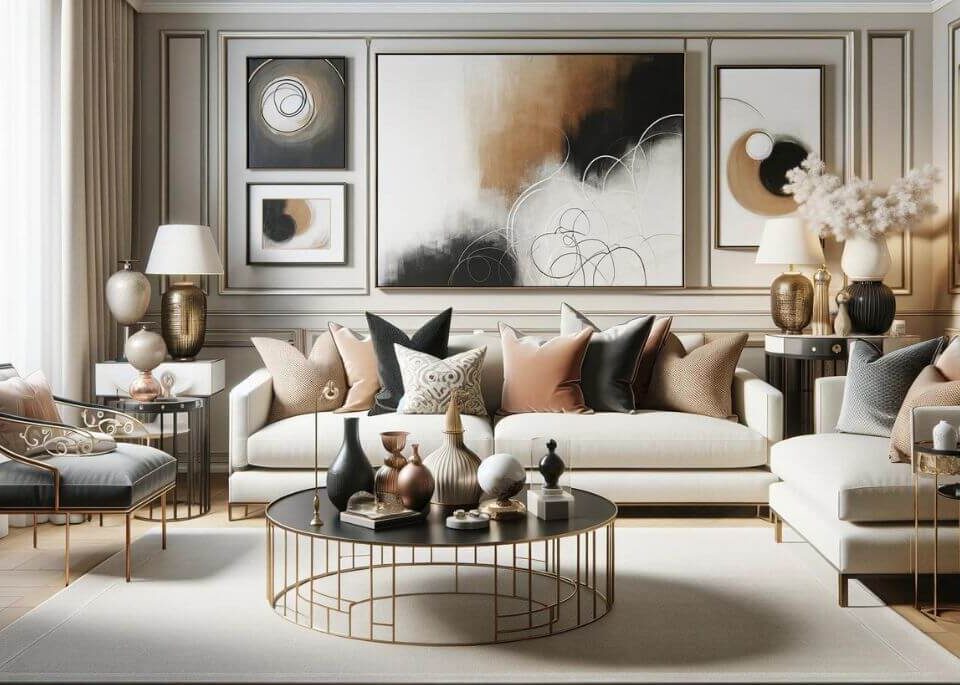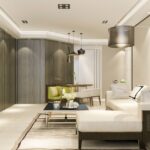
Understanding Contemporary Design: The Art of the Present
August 17, 2023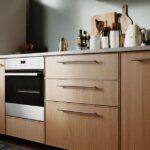
Understanding Scandinavian Design: Clean Lines, Functionality and Simplicity
August 19, 2023Industrial Design: The Perfect Blend of Old and New
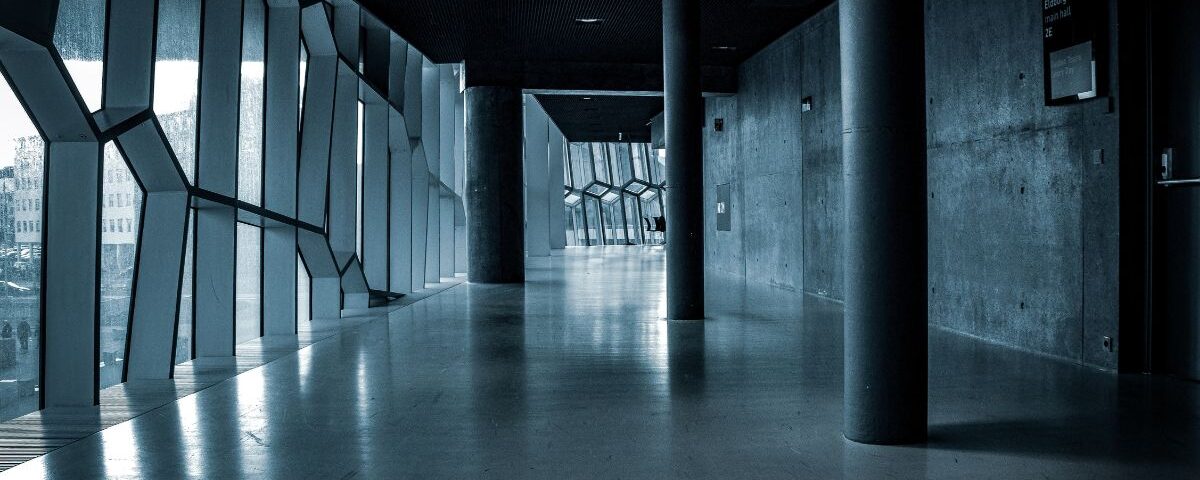
Industrial design is a growing trend in both residential and commercial interior design. Emphasizing the beauty of raw, unfinished aesthetics and the old-world charm of manufacturing elements, industrial design seamlessly blends the past with the present to create unique, functional spaces. This article delves into the core principles, features, and applications of industrial design, providing valuable insights on how this design style can transform spaces.
Table of Contents
Introduction to Industrial Design
Industrial design is a unique aesthetic that pays homage to the manufacturing industry, highlighting the raw, unrefined beauty of construction elements. The charm of industrial design lies in its simplistic and functional approach, providing a perfect fusion of old and new.
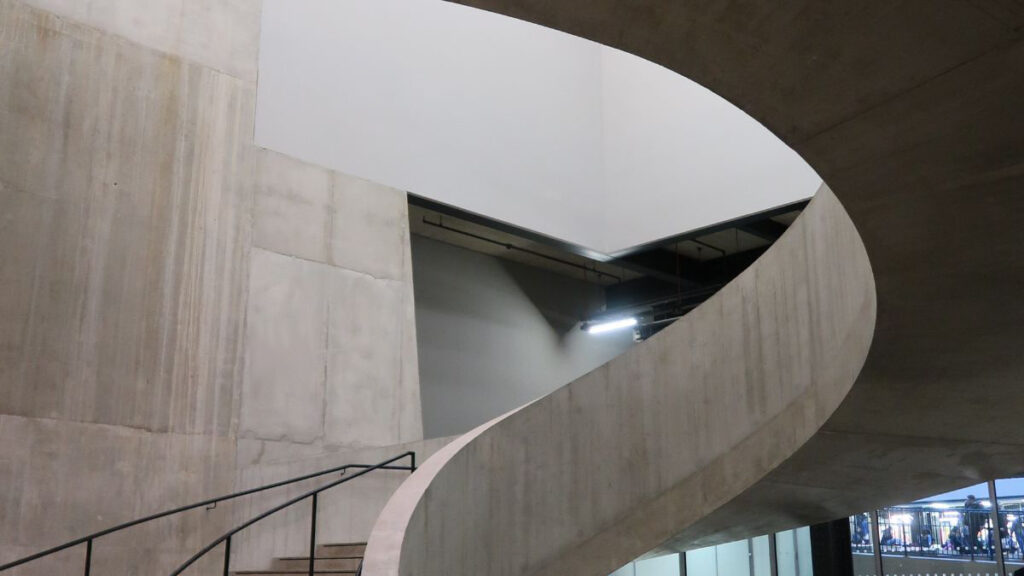
The Emergence of Industrial Design
The rise of industrial design can be traced back to the post-industrial era, where former factories and warehouses were transformed into residential lofts and commercial spaces. This repurposing emphasized the raw architectural elements, giving birth to a unique design aesthetic celebrated today.
Core Principles of Industrial Design
The core principles of industrial design revolve around simplicity, functionality, and authenticity. It embraces the raw, unfinished elements and combines them with a mix of both old and new design elements.
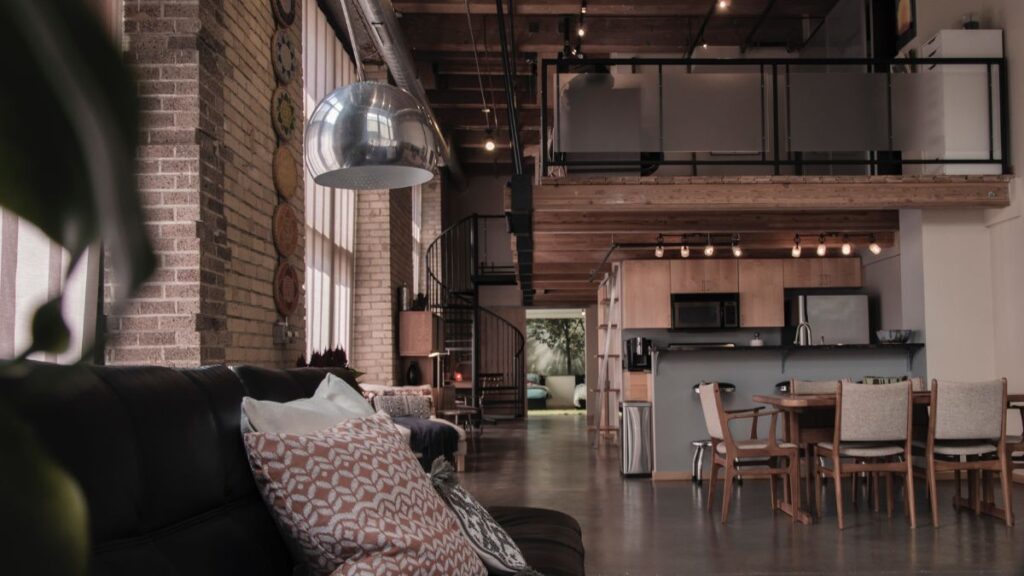
Key Features of Industrial Design
Industrial design is characterized by several key features:
- Raw and Unfinished Look: Exposed bricks, visible duct-work, and bare pipes are common in industrial design. The unfinished look imparts a raw, edgy vibe to the space.
- Mix of Wood and Metal: Industrial design often incorporates a mix of wood and metal. Reclaimed wooden furniture combined with iron and steel elements creates a rustic yet modern look.
- Exposed Brick and Pipes: Exposed brick walls and visible plumbing pipes are signature elements of industrial design. They add an authentic industrial feel to the space.
- High Ceilings and Large Windows: Industrial design often features high ceilings and large, often floor-to-ceiling, windows. This promotes natural light, creating a spacious and airy environment.
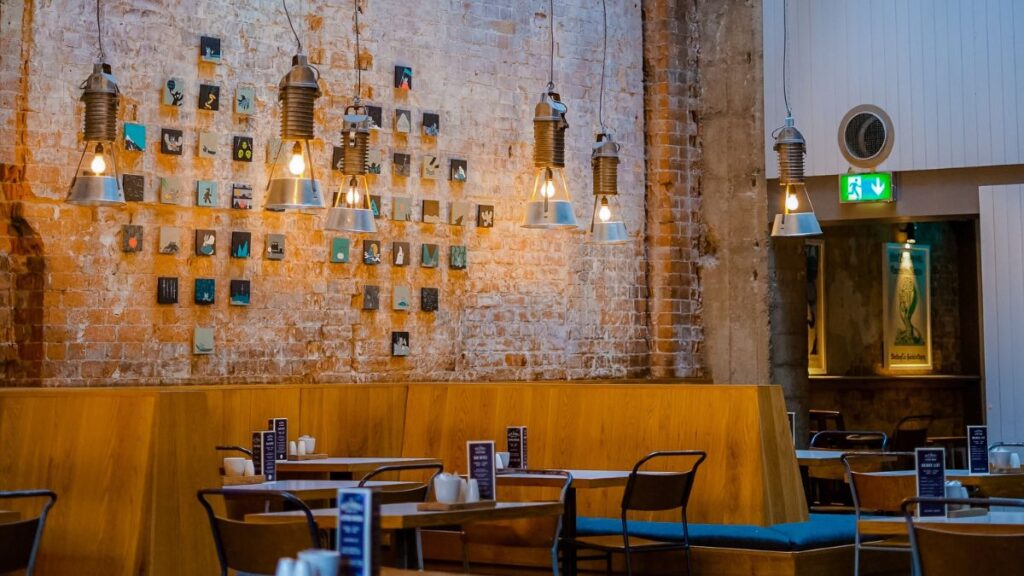
The Significance of Colors in Industrial Design
In industrial design, the color palette leans towards neutral tones think greys, whites, and blacks, accented by the natural browns of wood and the metallic hues of steel or iron.
Incorporating Industrial Design in Various Spaces
Industrial design can be incorporated into various spaces, from living rooms and kitchens to bedrooms and outdoor spaces. Its flexibility and adaptability make it a preferred choice for many homeowners and commercial spaces.
- Living Room: Industrial design in a living room can be achieved through exposed brick walls, steel beams, and large windows. Using industrial-style furniture and lighting fixtures further enhances the aesthetics.
- Kitchen: In a kitchen, open shelving, stainless steel appliances, and a mix of wooden and metal elements can create a perfect industrial look.
- Bedroom: In a bedroom, an industrial design might include a minimalist metal bed frame, exposed brick walls, and a concrete floor.
- Outdoor Spaces: For outdoor spaces, industrial design can be achieved through the use of rustic, metallic outdoor furniture, exposed structures, and raw, edgy landscaping.
Accessorizing in Industrial Design
Accessorizing is a critical aspect of industrial design. Vintage items, factory pieces, and minimalist art are excellent choices. Pendant lights with Edison bulbs, for example, add a touch of industrial charm to any room.
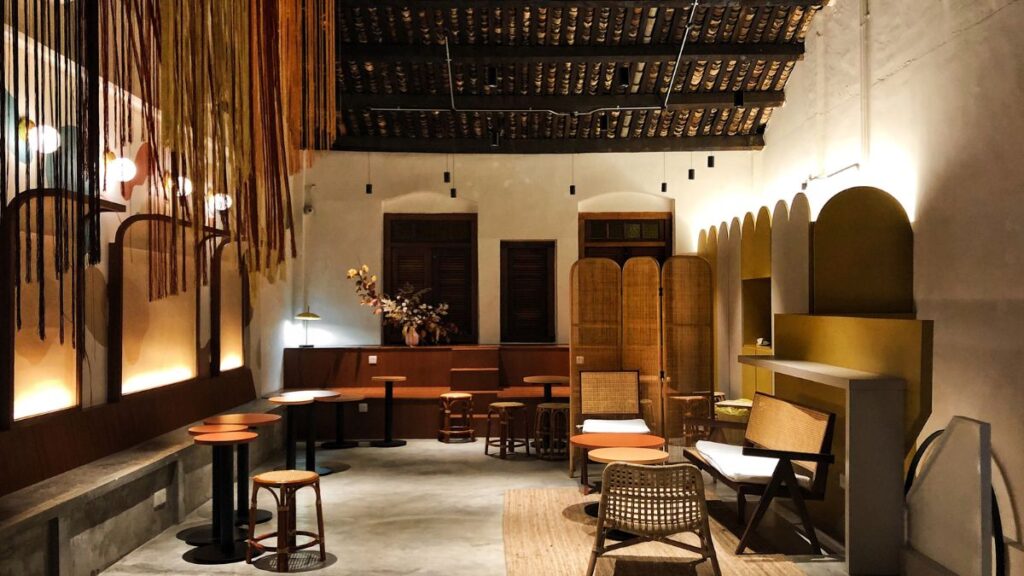
The Blend of Old and New in Industrial Design
One of the most appealing aspects of industrial design is the perfect blend of old and new. The contrast between vintage and modern elements creates a dynamic, intriguing atmosphere that is both nostalgic and contemporary.
The Impact of Industrial Design on Modern Architecture
Industrial design has greatly influenced modern architecture. From chic lofts and trendy cafes to modern offices, the principles of industrial design functional, simplistic, and raw are clearly evident in contemporary architectural designs.
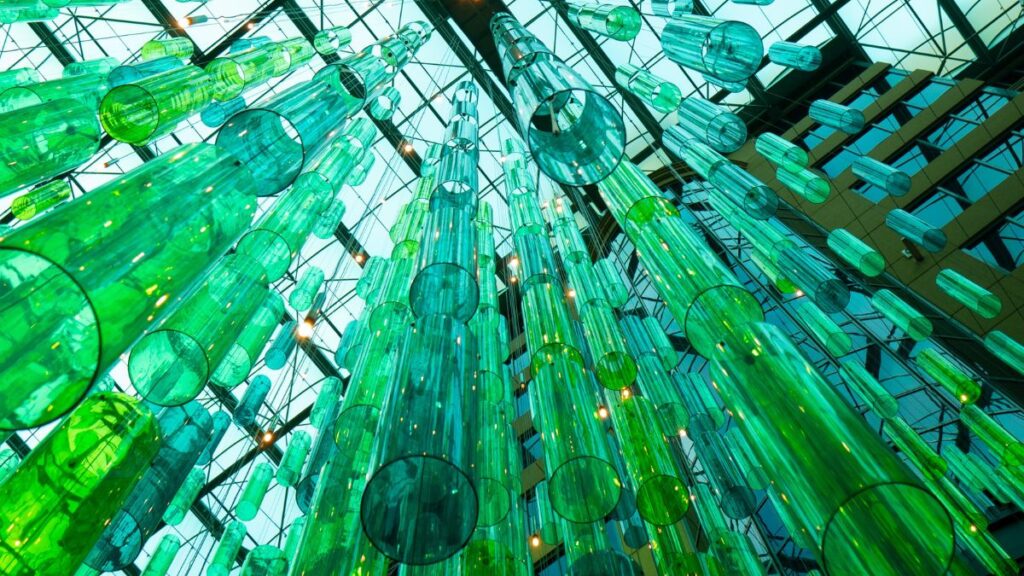
Industrial Design in Commercial Spaces
Industrial design has also found its way into commercial spaces. Many restaurants, bars, and retail stores now embrace this design style to create a unique, engaging environment for customers.
Sustainability and Industrial Design
Industrial design’s emphasis on repurposing and recycling aligns well with sustainability. By reusing old factory pieces and salvaged materials, this design style not only creates unique aesthetics but also contributes to environmental conservation.
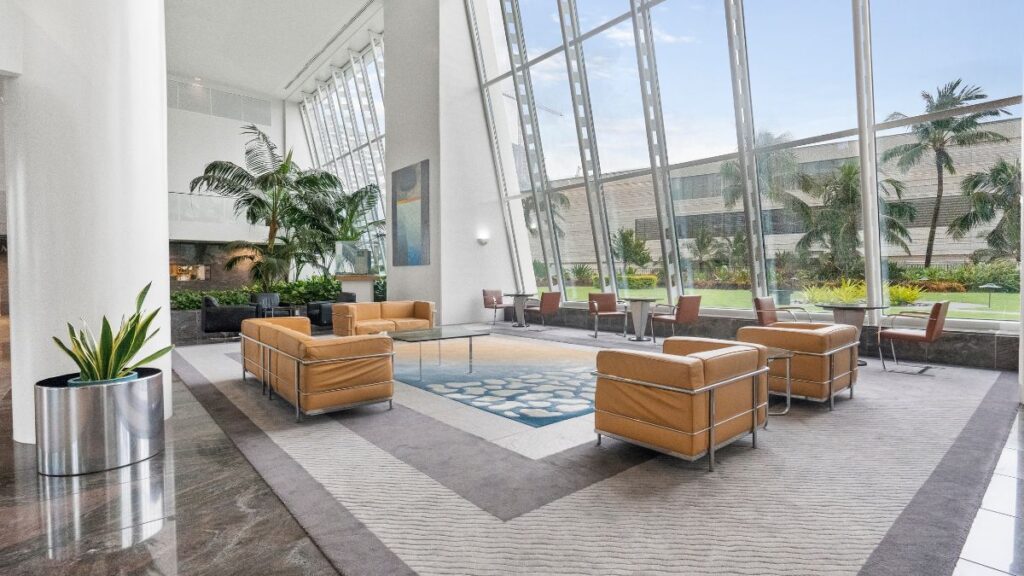
Drawbacks of Industrial Design
While industrial design has many advantages, it’s not without its drawbacks. It can often feel cold and impersonal due to its raw, unfinished look. Also, maintaining the balance between the old and new elements can be challenging.
The Future of Industrial Design
The future of industrial design looks promising, with an increasing number of people embracing this design style. Its flexible and adaptive nature allows it to evolve with changing trends, ensuring its longevity in the design world.
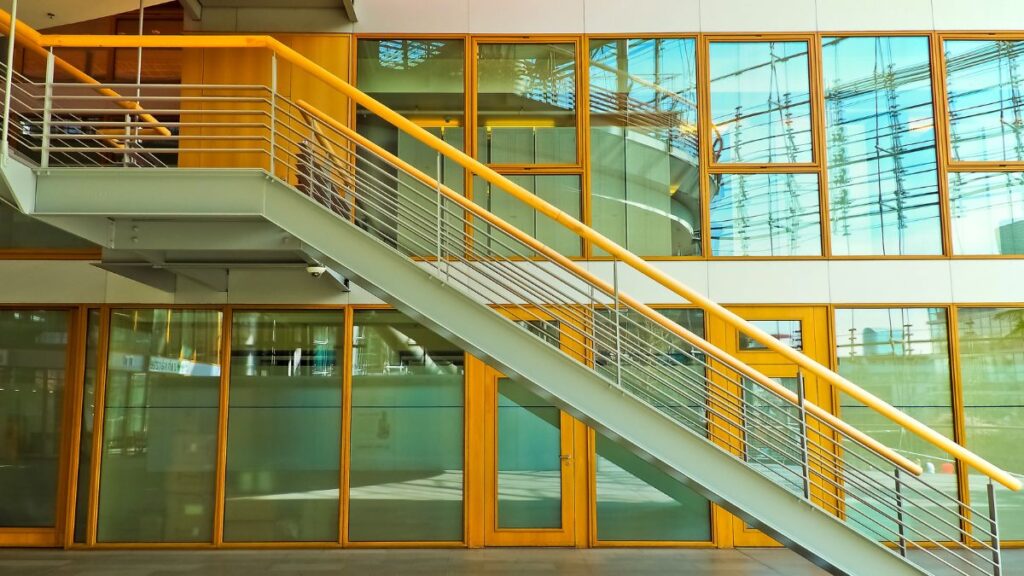
Key Takeaways: Insights on Industrial Design
- Versatility and Authenticity: Industrial design’s ability to blend with various architectural styles makes it a popular choice for both residential and commercial spaces.
- Sustainability and Innovation: The focus on reusing materials not only preserves the aesthetic of the past but also encourages innovative design solutions, aligning with sustainable practices.
- Adaptability to Trends: As design preferences evolve, industrial design remains relevant by adapting its core principles to modern needs and trends, ensuring its longevity in the design landscape.
Conclusion
In conclusion, industrial design is a fascinating blend of old and new, perfectly embodying the essence of the modern era while retaining an appreciation for the past. With its emphasis on raw, authentic materials and functional simplicity, industrial design continues to leave a significant impact on interior and architectural designs worldwide.
FAQs
1. Can you describe some key features of industrial design?
Key features of industrial design include exposed bricks, visible ductwork, and bare pipes, which contribute to a raw and edgy vibe. High ceilings and large windows are also common, enhancing the sense of space and light.
2. What is the main focus of industrial design?
The main focus of industrial design is to showcase raw, unrefined architectural elements, blending old and new aspects seamlessly.
3. Can industrial design be incorporated in small spaces?
Yes, with careful planning and the right balance between design elements, industrial design can be incorporated into small spaces.
4. What colors are typically used in industrial design?
Industrial design typically utilizes a neutral color palette, including greys, whites, and blacks.
5. How is sustainability linked with industrial design?
Industrial design often involves the use of repurposed and recycled materials, aligning well with sustainable practices.
6. Where can I find accessories suitable for an industrial design aesthetic?
Accessories for industrial design can be found in various stores and online platforms specializing in vintage, rustic, and salvaged items. Thrift shops, antique stores, and flea markets are also great places to find unique industrial-style pieces.
7. What is industrial design?
Industrial design refers to a style that highlights the raw and unfinished elements of construction, celebrating the aesthetic of former industrial spaces like factories and warehouses. It combines these elements with modern touches to create functional and appealing interiors.
8. How did industrial design become popular?
The popularity of industrial design began in the post-industrial era when old industrial buildings were repurposed into residential and commercial spaces. This transformation embraced the buildings’ inherent architectural features, giving rise to a unique and trendy design aesthetic.
9. What are the core principles of industrial design?
The core principles of industrial design include simplicity, functionality, and authenticity. This style is characterized by an appreciation for the intrinsic beauty of raw, unfinished materials and an effort to blend these with contemporary design elements.
10. What color schemes are commonly used in industrial design?
The color palette in industrial design typically involves neutral tones such as greys, blacks, and whites. These are complemented by the natural colors of wood and the metallic hues of iron and steel, which add depth and texture to the design.
11. How can industrial design be adapted to different spaces?
Industrial design is highly versatile and can be incorporated into various spaces including living rooms, kitchens, bedrooms, and even outdoor areas. Each space can reflect industrial elements through structural features and choice of materials and furnishings.
12. What type of accessories work well with industrial design?
Accessorizing in industrial design often involves vintage items, factory pieces, and minimalist art. Industrial-style lighting, like pendant lights with Edison bulbs, and rustic, metallic furniture also enhance the industrial charm.
13. What are the sustainability aspects of industrial design?
Industrial design promotes sustainability through the use of repurposed and recycled materials. By reusing elements from old buildings and industrial sites, this design style not only preserves historical aesthetics but also supports environmental conservation.
14. Are there any drawbacks to using industrial design?
While industrial design has many appealing aspects, it can sometimes feel cold and impersonal, mainly due to its raw and utilitarian features. Balancing these elements with warmer, more inviting decor can help mitigate this issue.
15. What does the future hold for industrial design?
The future of industrial design looks promising as it continues to evolve. Its flexible nature allows it to adapt to changing trends while maintaining its core principles, ensuring its relevance and popularity in the design world.
Uncover the timeless beauty of Unwrapping the Elegance of Traditional Design, where we delve into the classic motifs, rich colors and ornate details that define traditional interiors.

